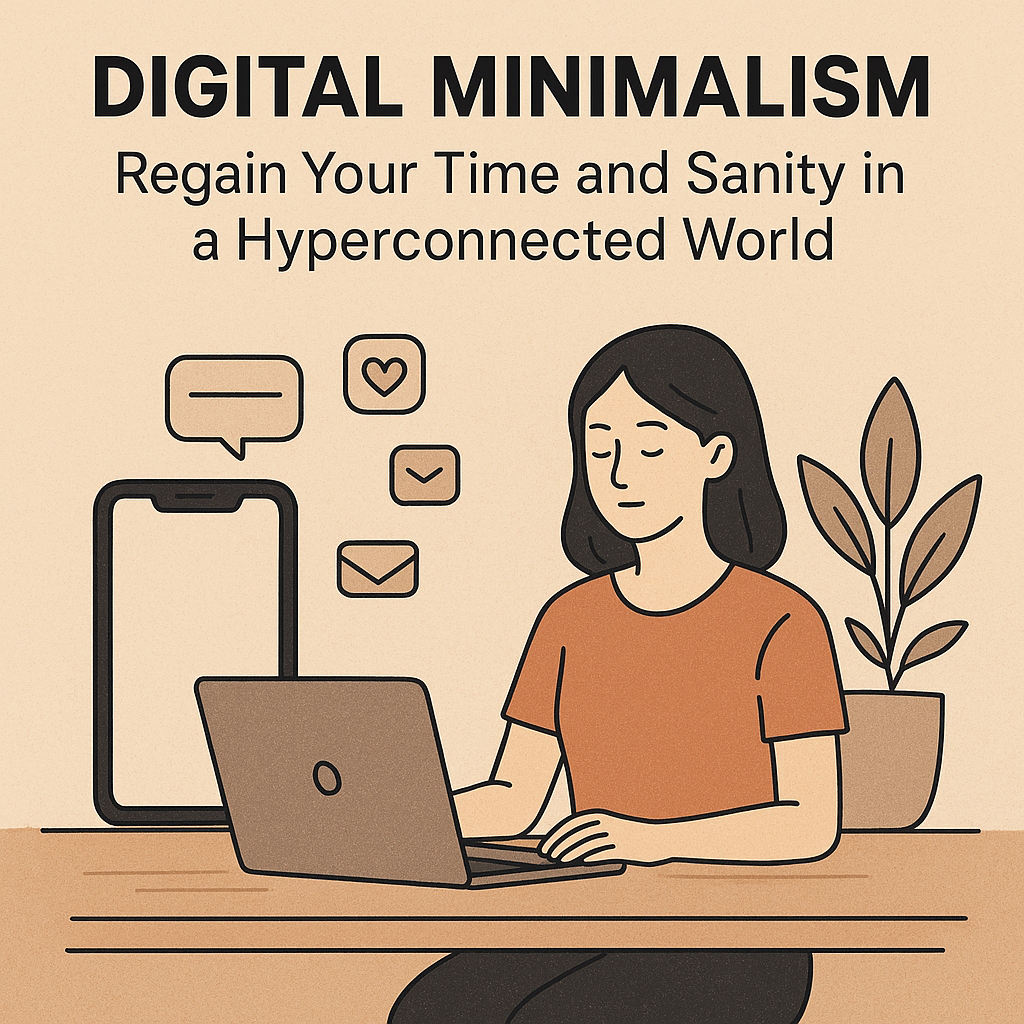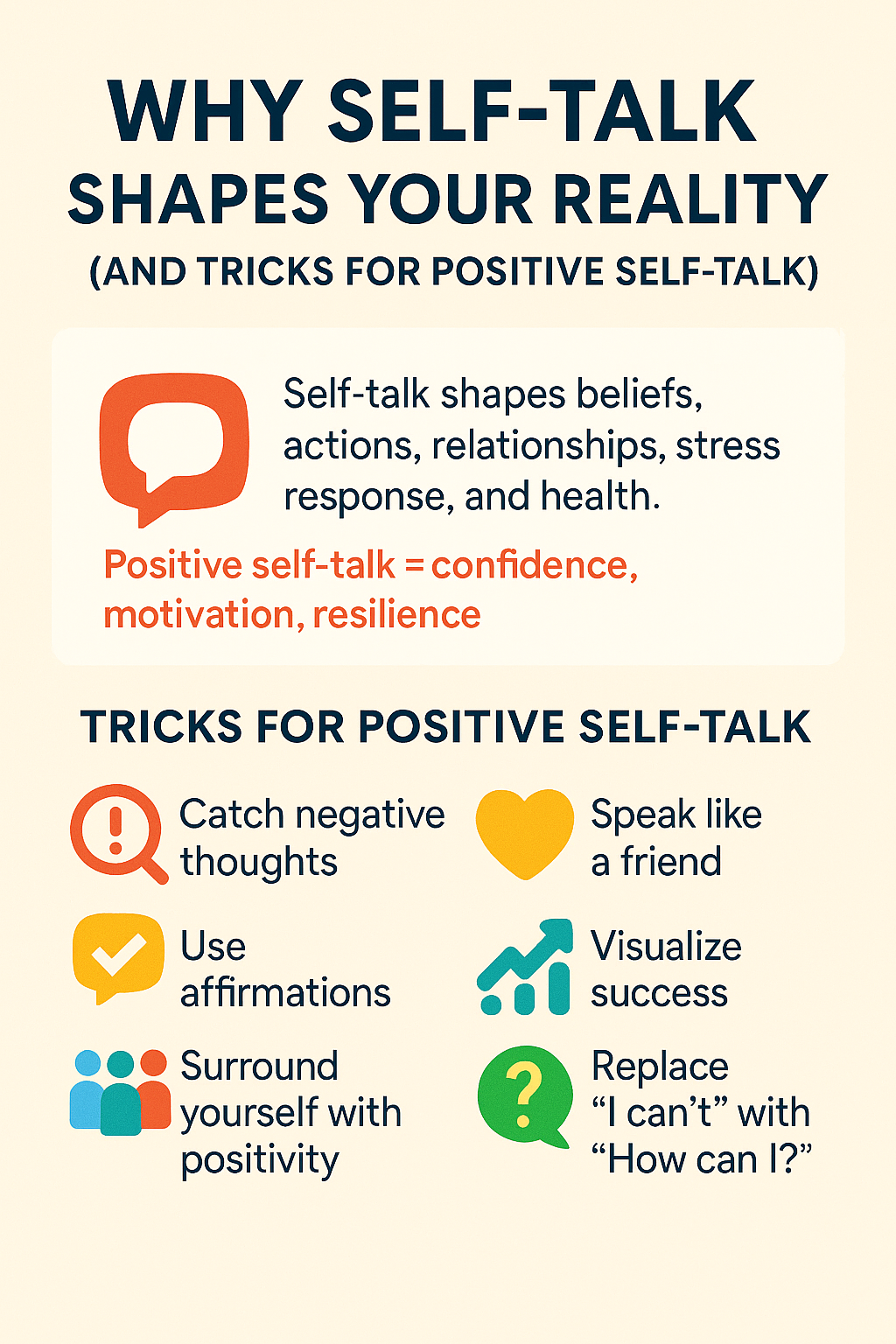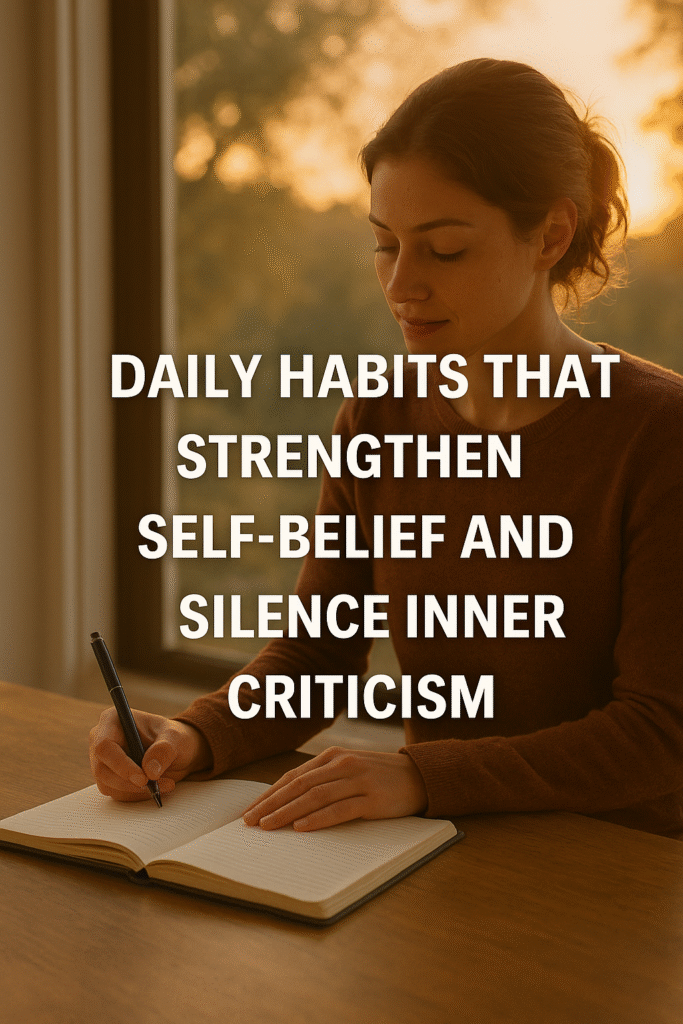In today’s hyper-connected world, we often find ourselves glued to our screens—whether it’s scrolling through social media, replying to endless work emails, or binge-watching shows late into the night. While technology brings convenience and entertainment, overuse can drain your mental energy, reduce focus, and disrupt your overall well-being. That’s where a 7-day digital detox comes in—a short yet powerful reset for your mind and body.
What is a Digital Detox?
A digital detox is a conscious break from electronic devices such as smartphones, laptops, TVs, and tablets. It doesn’t mean abandoning technology completely, but rather limiting unnecessary use to reconnect with yourself, your environment, and the people around you.
Why Try a 7-Day Digital Detox?
Unlike long-term detoxes that may feel overwhelming, a 7-day reset is short, practical, and effective. It gives you a chance to:
Recharge your mental and physical energy
Reduce stress and digital fatigue
Improve focus and productivity
Strengthen real-life connections
Regain control over your habits
The Negative Impact of Digital Overload
Spending too much time online can lead to:
Brain Fog: Constant notifications disrupt concentration.
Poor Sleep: Blue light exposure affects melatonin production.
Increased Stress: Endless scrolling often leads to comparison and anxiety.
Reduced Productivity: Multitasking across devices lowers efficiency.
The 7-Day Digital Detox Plan
Here’s a simple day-by-day guide to reset your focus and energy:
Day 1: Awareness & Boundaries
Track your screen time and identify where most of your digital energy goes. Set boundaries—like no phones during meals or after 9 PM.
Day 2: Declutter Your Digital Space
Unsubscribe from unnecessary emails, delete unused apps, and organize your digital files. A clean digital space equals a calmer mind.
Day 3: Morning Without Screens
Replace your morning scrolling habit with journaling, stretching, or a short meditation. This sets a positive tone for the day.
Day 4: Tech-Free Evening
Dedicate your evening to offline activities: read a book, cook, or spend quality time with loved ones. Notice how it impacts your sleep.
Day 5: Social Media Break
Log out of your social media accounts for the day. Use that time for hobbies, outdoor walks, or meeting friends face-to-face.
Day 6: Nature Connection
Spend at least 1–2 hours outdoors without your phone. Nature has proven benefits for reducing stress and restoring mental clarity.
Day 7: Reflection & Reset
Journal your experience. What changes did you notice in your mood, energy, and focus? Plan how to integrate healthy digital habits moving forward.
Tips to Make Your Detox Successful
Use the Pomodoro Technique for focused work without distractions.
Turn off unnecessary notifications to prevent constant interruptions.
Replace screen time with mindful habits like reading, walking, or creative hobbies.
Set tech-free zones in your home such as the dining table or bedroom.
Long-Term Benefits
Completing a 7-day digital detox can:
Improve sleep quality
Boost creativity and productivity
Lower stress levels
Strengthen relationships
Enhance mindfulness and self-control
Final Thoughts
A 7-day digital detox isn’t about abandoning technology—it’s about using it more intentionally. By stepping back for just one week, you’ll regain clarity, recharge your energy, and reset your focus. The best part? Many people find that they naturally continue healthier digital habits even after the detox ends.








